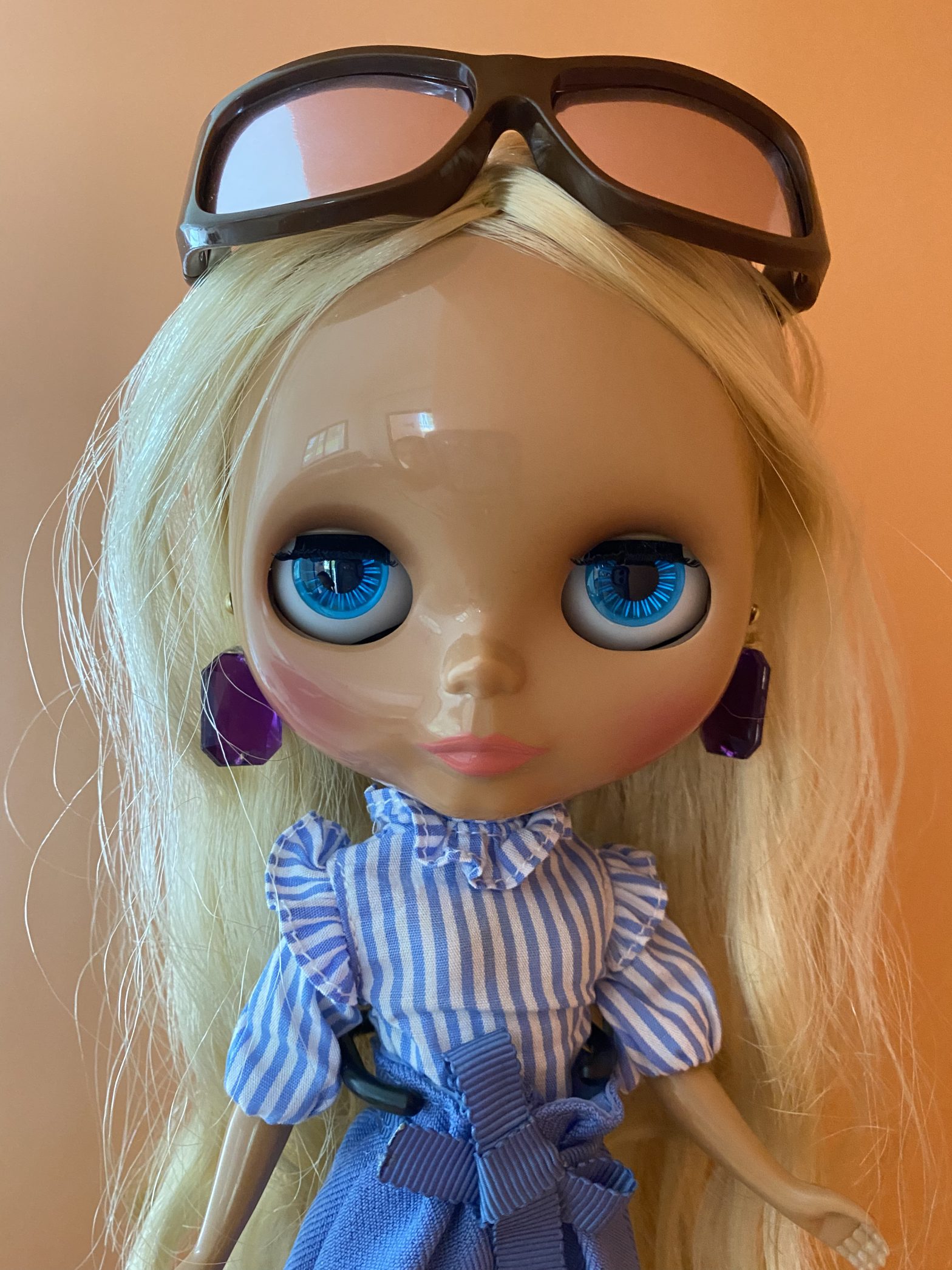Drones
An increasing number of photographers and journalists are using drones in their work. Texas Government Code, Section 423, placed a number of restrictions on the lawful use of unmanned aerial vehicles which made it difficult, if not impossible, to legally use a drone to capture video or still images for news gathering and many other non-commercial activities. In late March, a federal judge ruled Texas’ restrictive drone law unconstitutional, holding that it was a violation of the First Amendment. NANPA joined a number of other organizations in an amicus brief supporting the rights of journalists and other drone operators.
NPPA, which brought the case (NPPA v. McCraw), has a good explanation of the issues at stake, the meaning of the decision, and a link to the judge’s opinion. While the case was about journalists’ rights under the First Amendment, the statute’s vague and overly broad wording could also have affected nature and conservation photographers who use drones.
Embedding Instagram content
In 2019, Newsweek published an article on its website that included, without permission, an embedded Instagram post from photographer Elliot McGucken, who subsequently sued for copyright infringement. Newsweek argued that Instagram’s Terms of Use gave it a sublicense (see our previous articles here and here) and, further, that because it simply linked to McGucken’s Instagram and did not host the image on its own servers, it was not showing a copy of the work but merely providing a link to it. [NANPA and several other organizations representing creative artists wrote to Instagram urging it to change its Terms of Use and add a feature allowing users to disable the embedding feature. Instagram subsequently made those changes.]
Last month a federal judge in the Southern District of New York ruled that embedding Instagram content is an infringement of copyright. The opinion rejected the “not on our servers” argument and decided Instagram’s Terms of Use at the time were ambiguous enough that they did not give third parties a clear license to repost content. There are still some unresolved issues in the case around the interpretation of Fair Use and the case continues to work its way through the courts. A good discussion of the issues and this ruling can be found here.
Public lands
Grand Teton National Park canceled a requirement for a permit from photographers shooting portraits in the park. The number of wedding shoots in the park doubled in 2021 and the park planned to charge photographers a $300 fee plus 3% of all their earnings in the park (i.e. a $5,000 wedding shoot would cost $300 plus $150). NANPA and three other organizations (NPPA, PPA, and ASMP) sent a letter to the park objecting to the planned fees. The letter argued that not only would the fees be a violation of the First Amendment but the plan is also a violation of federal law.
Last month, Grand Teton National Park decided to go back to their previous policy and drop the planned fees and permits. Note that some activities still require permits, for instance a shoot using models, or special equipment, or when additional administrative costs are incurred. And a permit is required to lead a photo workshop in most national parks.
Across the park system, superintendents have interpreted permit rules differently and there has recently been a push to standardize the permit systems and bring some consistency to the process.
As Sean Fitzgerald, co-chair (along with Jane Halperin) of NANPA’s Advocacy Committee told the Jackson Hole News and Guide, “It shouldn’t be based solely on whether you make money or not. That creates a bad precedent. You don’t know where that’s going to go.” Fitzgerald also noted that “NANPA is advocating for a statutory amendment recognizing that low-impact photography and videography should generally not require a permit and that when required, permits should be based on impact, not on whether the photography or videography has a commercial purpose.”
These are just three examples where NANPA’s advocacy work, together with organizations representing a wide variety of creative artists, have made a real difference in defending photographers rights. Learn more about NANPA’s advocacy here.
